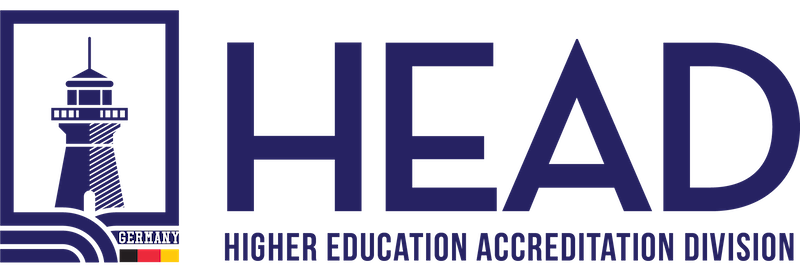Elevating Education: The Integral Influence of Top Management in Educational System Management

Introduction
In the rapidly evolving landscape of education, the implementation of an effective Education Organization Management System (EOMS) is essential to ensure the quality and efficiency of educational institutions. However, the success of such a system depends heavily on the leadership and commitment demonstrated by top management. This article delves into the significance of top management’s role in establishing, developing, and maintaining a strategic plan for EOMS.
The Role of Top Management
Top management, including executives, directors, and administrators, play a pivotal role in shaping the direction and culture of an educational institution. Their leadership and commitment are critical in driving the adoption and success of an Education Organization Management System.
1. Setting the Vision and Goals Effective leadership starts with a clear vision and well-defined goals. Top management is responsible for establishing a strategic plan that aligns with the institution’s mission and objectives. This plan should outline the institution’s commitment to implementing and maintaining an EOMS that enhances the overall educational experience, improves administrative processes, and supports continuous improvement.
2. Allocating Resources Commitment to an EOMS involves allocating the necessary resources – financial, human, and technological – to ensure its successful implementation. Top management should prioritize funding for technology infrastructure, staff training, and ongoing system maintenance. Adequate resource allocation demonstrates a dedication to the system’s long-term success.
3. Leading by Example Leadership is about setting an example for others to follow. When top management actively participates in the EOMS and utilizes its features, they send a powerful message to the rest of the organization about the system’s importance. Their engagement encourages others to embrace the system and make the most of its capabilities.
4. Communicating the Importance Effective communication is key to driving any organizational change. Top management should consistently communicate the value and significance of the EOMS to all stakeholders – faculty, staff, students, and parents. By highlighting the benefits and demonstrating how the system contributes to improved education quality and efficiency, they build support and buy-in.
5. Monitoring Progress and Continuous Improvement Leadership isn’t a one-time action; it requires ongoing monitoring and improvement. Top management should regularly assess the EOMS’s performance against established goals. By analyzing data and feedback, they can identify areas for enhancement and take necessary actions to refine the system’s functionalities and user experience.
Benefits of Top Management’s Leadership and Commitment
When top management takes a proactive and engaged stance towards the Education Organization Management System, several benefits emerge:
- Cultural Shift: Their commitment drives a cultural shift towards embracing technological advancements and data-driven decision-making throughout the institution.
- Enhanced Efficiency: The strategic plan developed by top management ensures streamlined processes and optimized resource utilization, leading to improved operational efficiency.
- Stakeholder Confidence: Demonstrated leadership fosters confidence among students, parents, and staff, indicating a commitment to providing high-quality education and services.
- Innovation Encouragement: An engaged top management encourages innovative thinking and experimentation with the EOMS, fostering a culture of continuous improvement.
- Data-Driven Insights: Through their commitment, top management enables the collection of valuable data that can inform strategic decisions and academic improvements.
Conclusion
Top management’s leadership and commitment are non-negotiable in the journey toward an efficient and effective Education Organization Management System. Their strategic planning, resource allocation, and active engagement set the tone for the institution’s approach to adopting and integrating the EOMS. By placing importance on this leadership role, educational institutions can create an environment where the EOMS becomes an integral tool for providing quality education, driving innovation, and nurturing success for all stakeholders involved.
Would you like to speak to one of our Higher Education Accreditation Expert? Just submit your details and we’ll be in touch shortly. You can also email us if you would prefer.

